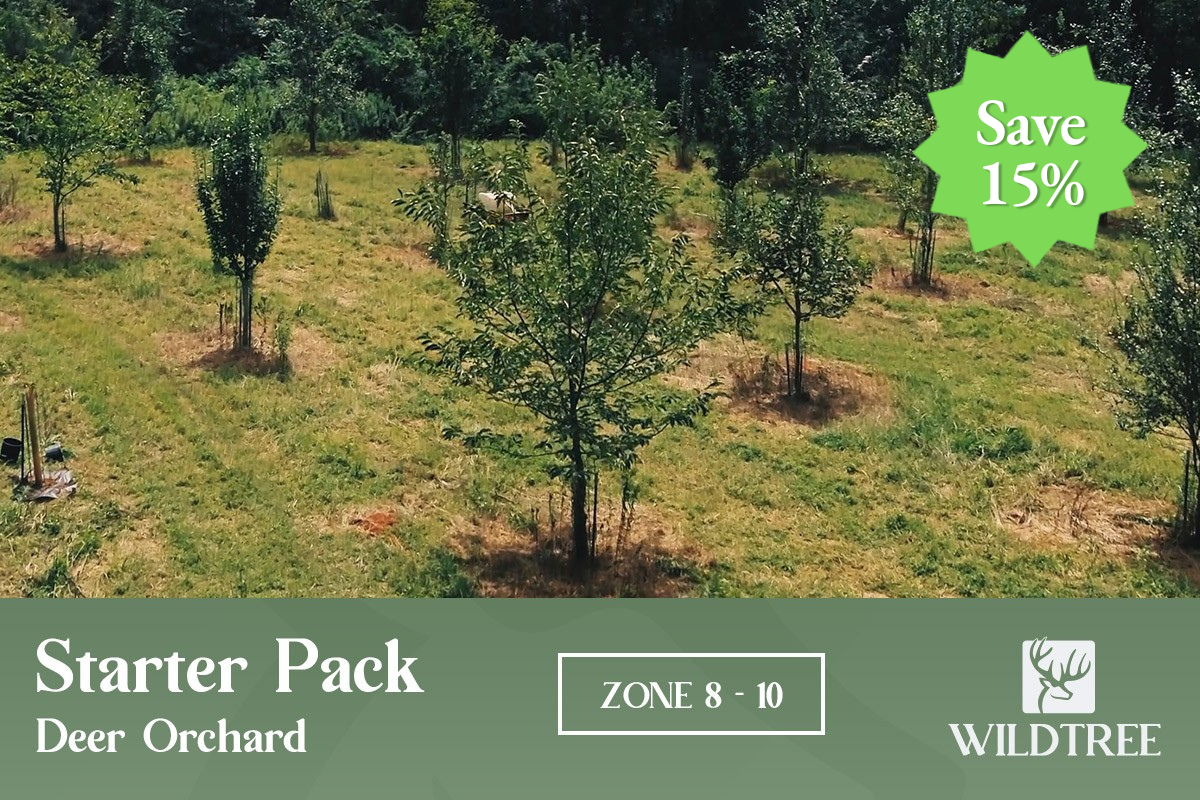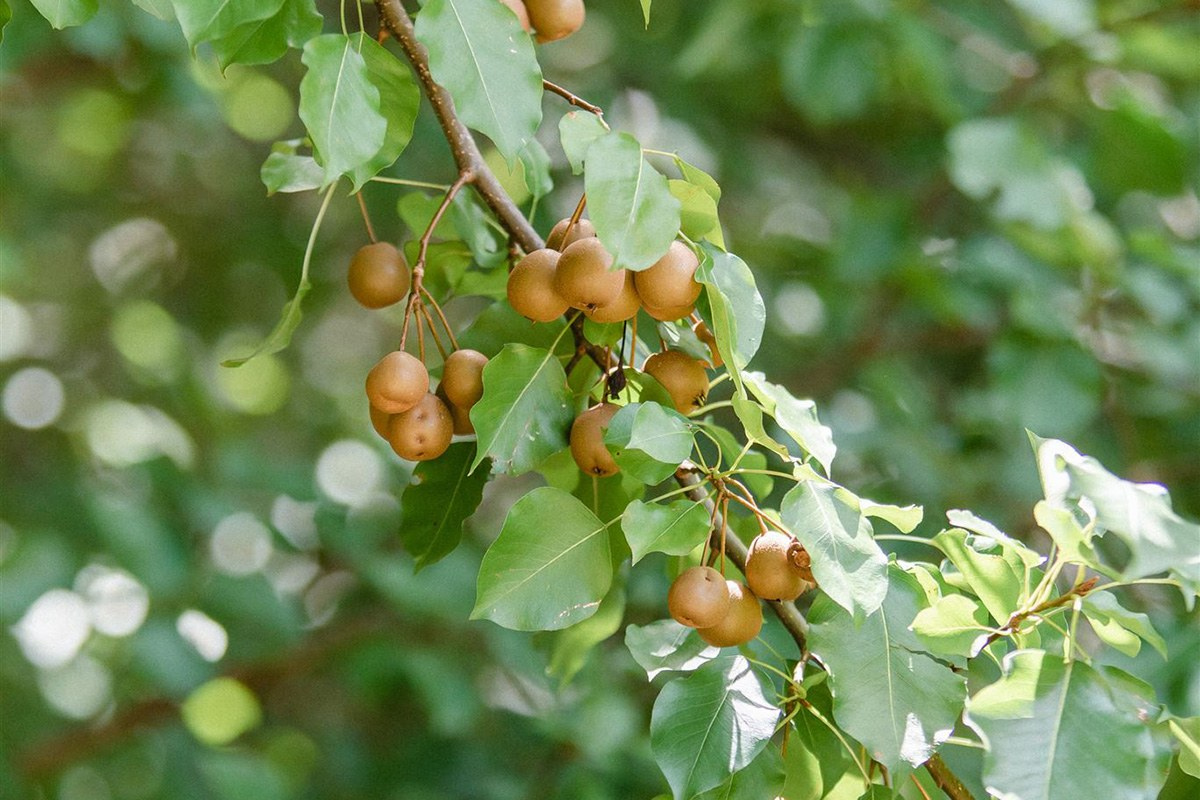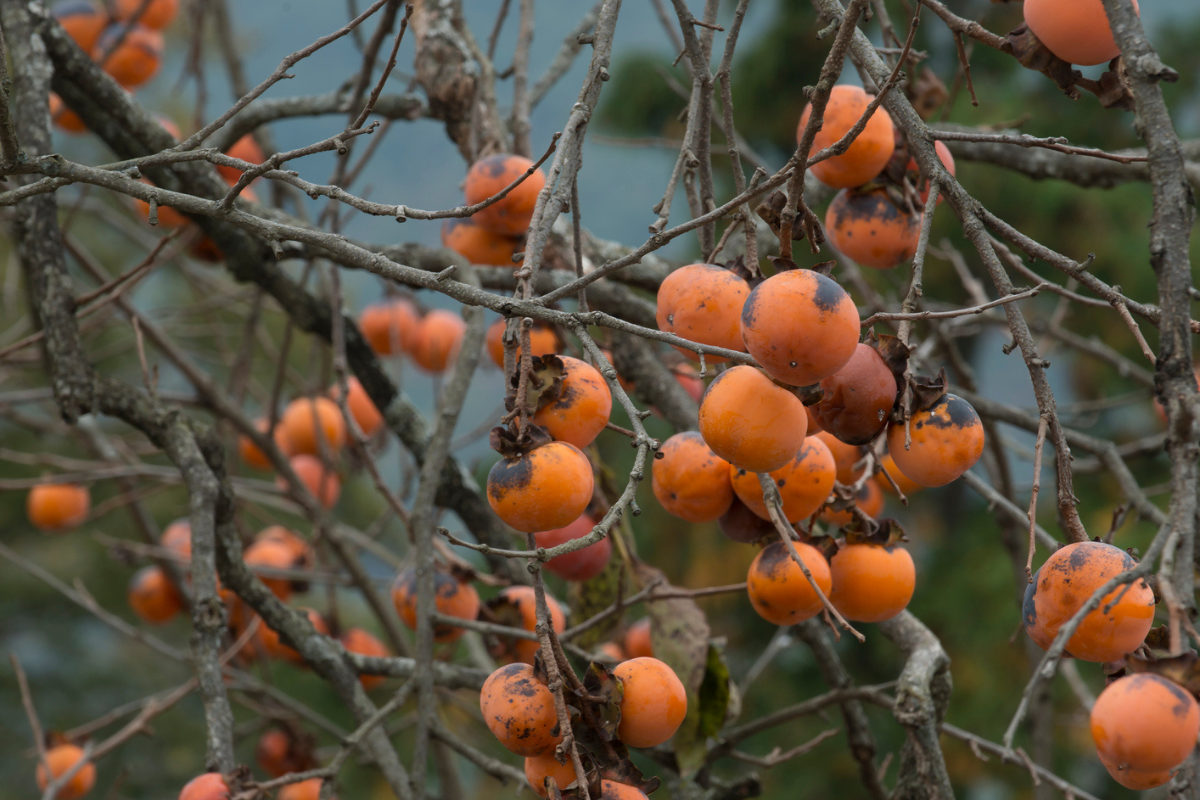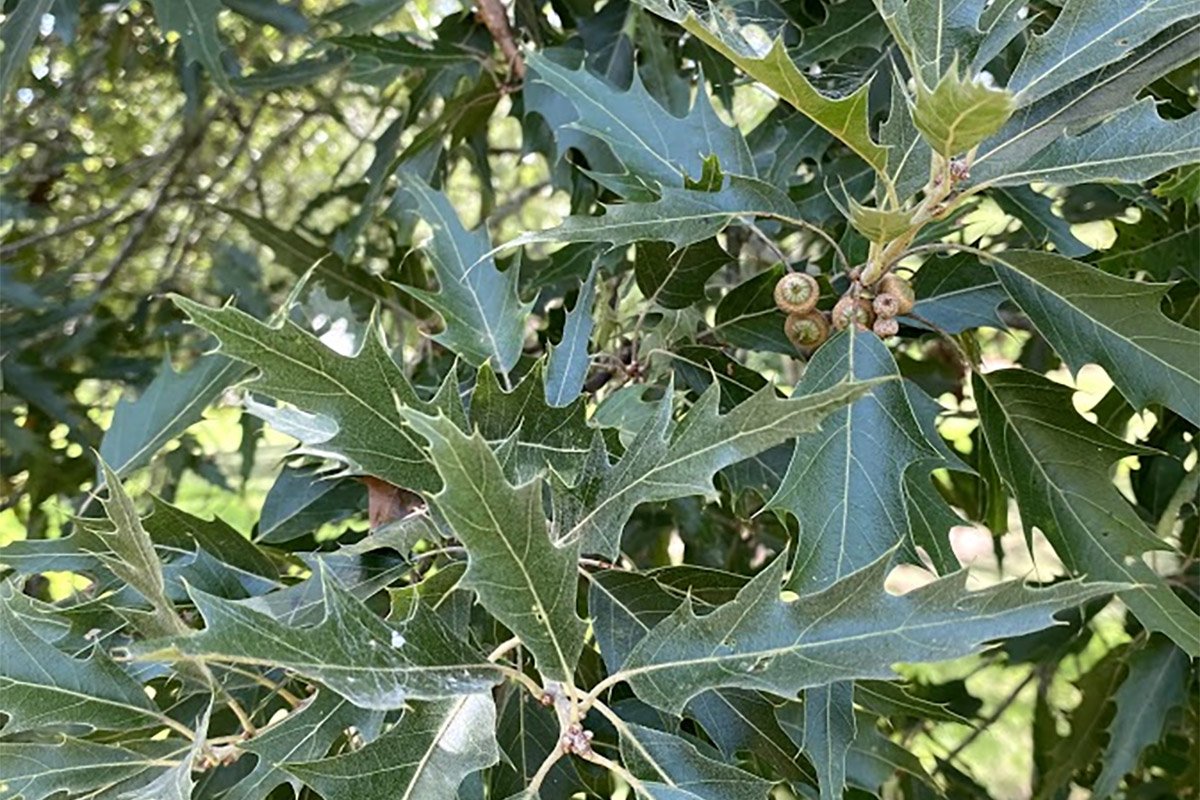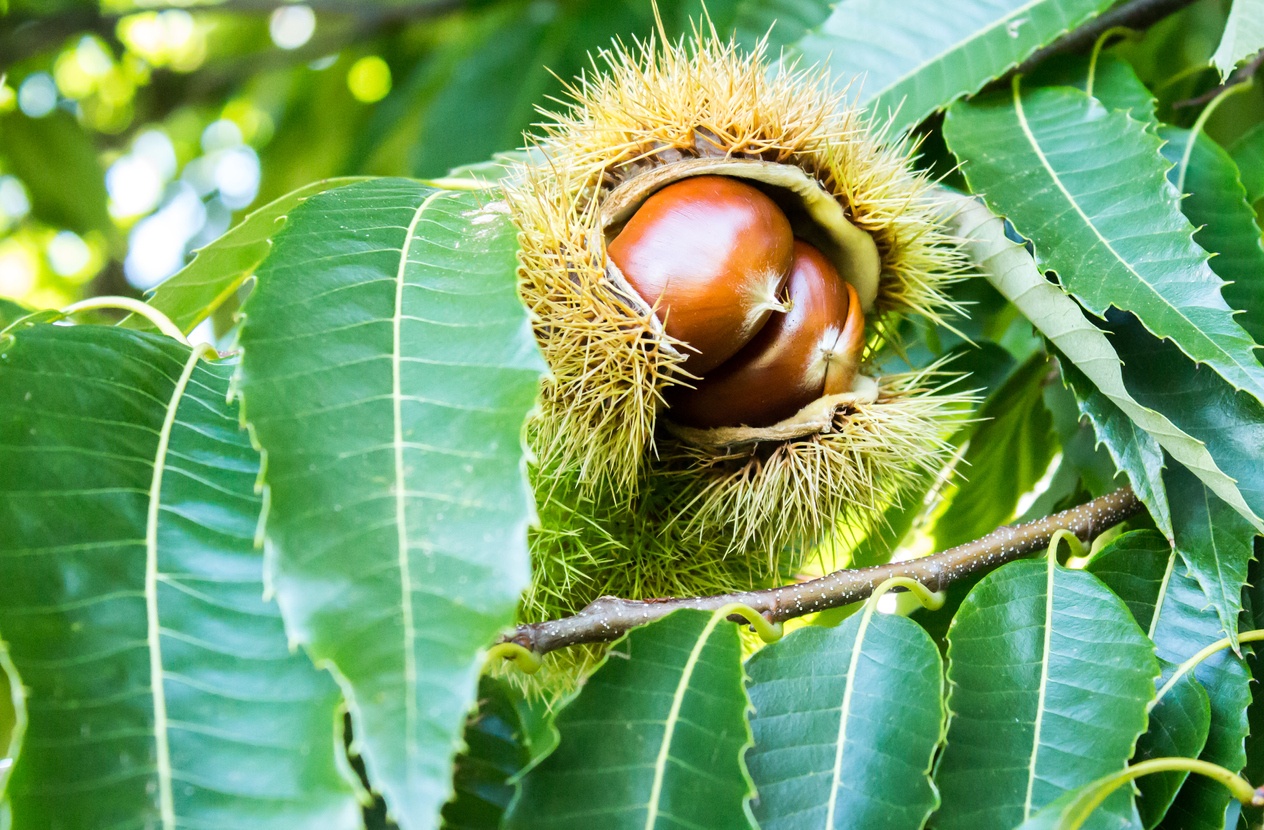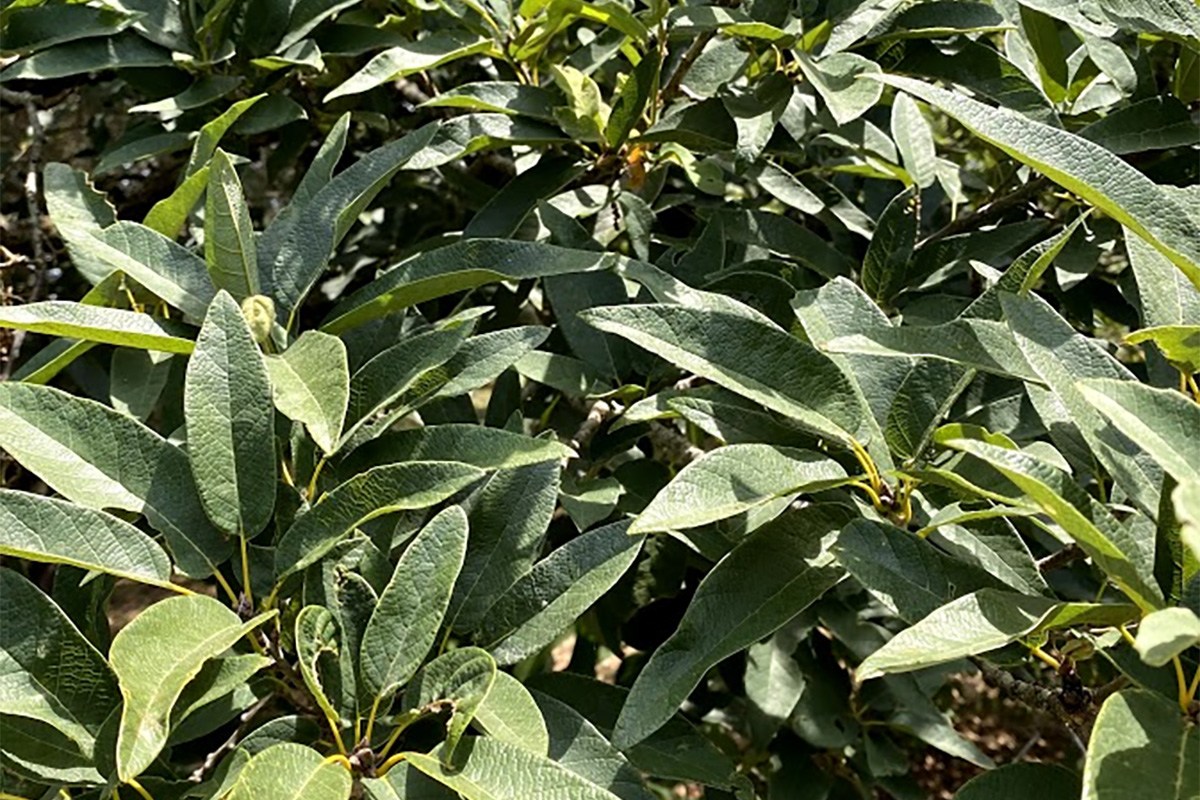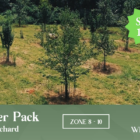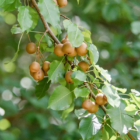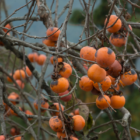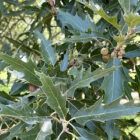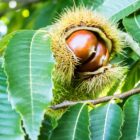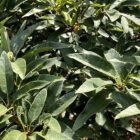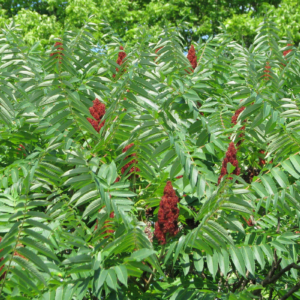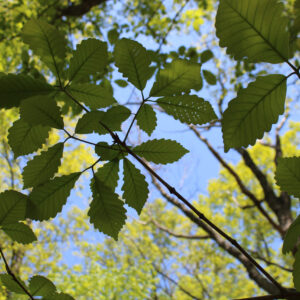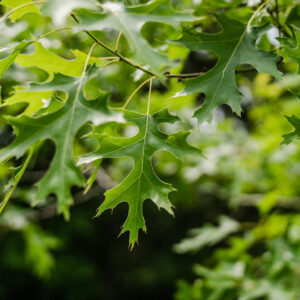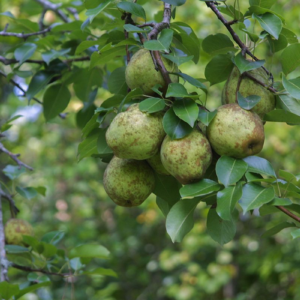Description
Save $31 when you order this Deer Orchard Starter Pack, perfect for attracting deer to your land in Zones 8-10.
How to Plant Your Deer Orchard
Included in this starter package:
A very special selection that will be of great interest for wildlife food plots due to its later-than-typical fruiting. Discovered and trialed by Dr. James Kroll (aka “Dr. Deer”) from Stephen F. Austin State University it is invaluable for providing late fall fruit when little else is available. Large clusters of small fruit characterize this selection. Self-fertile but increased fruit set is likely with the presence of another pear cultivar nearby, and can be combined with our other earlier-fruiting selections to have a long season of fruit availability.
A wide-ranging tree that is adaptable to a diverse array of habitats, from the baking hot, dry limestone “Hill Country” of central Texas to moist floodplain margins in central Florida, while also enduring the cold winters in the northern extent of its range from Iowa to southern New England. Over time it will produce shoots from the roots, forming a colony of trunks that provide valuable cover for wildlife. The orange fruit which can range up to the size of a small plum, begin ripening in fall and are often retained on the tree after leaf drop well into December in southern latitudes. Note that this species has separate male and female plants, so to ensure fruit production multiple plants of our unsexed saplings should be sited near each other to increase the chances that both sexes will be present.
The Wildtree Mexican Oak is an exciting wildlife shade tree that will thrive in the southern United States. It is drought, heat, and cold tolerant. It is a fast-growing, partially deciduous tree that consistently produces masses of smallish acorns year after year. In early spring, it casts its remaining foliage, with new growth emerging bright pink.
Not only do deer love Chinese chestnuts, but you will find them tasty as well. They can be eaten roasted, boiled, or sautéed. A prickly 2–3½” seed husk encloses 1-4 nuts and will yield a ripened nut crop from mid to late September all the way through October.
An underutilized tree for both wildlife and for its ornamental qualities, this highly adaptable oak from the mountains of Mexico is a valuable addition to wildlife plots. Reasonably fast growing for an oak, it fruits at an early age and reliably produces a heavy crop of acorns every year. The nuts themselves are rather large – averaging grape size, and being in the white oak group they are sweet and have minimal tannin levels. It holds onto its large, leathery leaves through the winter and will be briefly deciduous for a very short period in early spring – dropping its leaves right when the new foliage begins emerging. With a naturally dense crown it will keep its lower, broad-reaching branches for many years, providing excellent shelter for wildlife through the winter. Though it is from Mexico, it comes from an elevation where it experiences freezing winters yet also excels in hot dry summers. Tolerant of all soil conditions as long as they are well-drained. What a great tree!
An icon of the southeastern US and popular landscape plant, the versatile live oak can’t be beat for wildlife plots for many reasons. It will grow in any soil as long as it doesn’t stay too wet, and tolerates a fair amount of drought once established, along with extremes of heat and cold within its growing range. In its preferred full sun exposure, it will have a nice dense canopy casting deep shade even at a relatively young age, and creating shelter during the winter months. Though considered an evergreen oak, it will drop a portion of its leaves in early spring as the new foliage emerges, giving it a temporary sparse look for a few weeks, but never goes fully deciduous. Acorn crops are usually consistently reasonable on an annual basis, often times littering the ground underneath.

